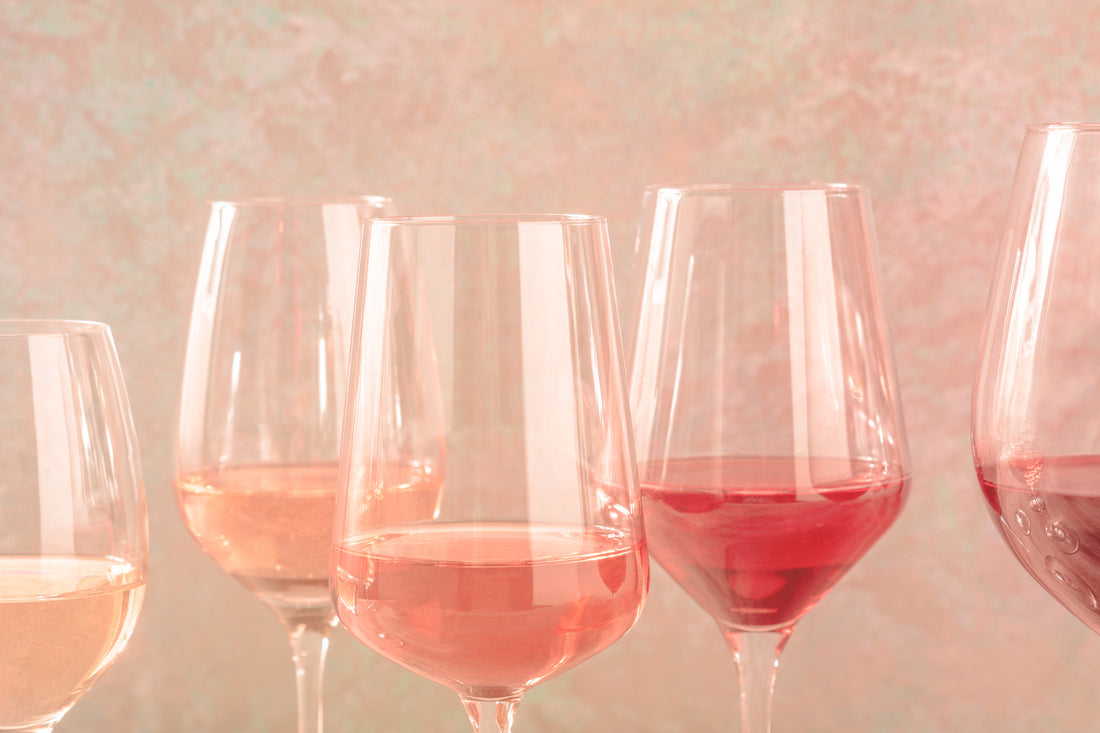Many wine drinkers associate rosé with simple summer sippers, but this rosy beverage can be so much more complex than that! Rosé wines can be made in a myriad of ways from wineries all over the world.
For starters, rosé comes from limited time spent on red grape skins, compared to red wine. With this in mind, there are a few methods winemakers can use to create rosé.

Maceration Method
When red grape skins "macerate", or rest with the grape juice for a period of time, pigment imparts itself from the skins to the juice in what is known as the maceration method. This can take anywhere from 2-20 hours compared to red wine, which can take days or even weeks. These rosés are typically have a richer flavor profile. This is a method commonly used by winemakers that feature rosé wine as a focal point--Provence, for example.

Saignée Method
The saignée, or "bleeding off" method, occurs in the early stages of the red winemaking process; a portion of the juice is pulled, or "bled off" to produce rosé wine. This has a double benefit of making more wine with the same amount of grapes, and concentrating the flavor and intensity of the red wine. This practice is common in wineries that focus on red wine production, notably California.

Color Theory (Blending Method)
As the name implies, the blending method occurs when a smaller portion of red wine is added to white wine. This is how rosé is produced in Champagne; it is very rare to see this method utilized elsewhere, especially for still wine.

